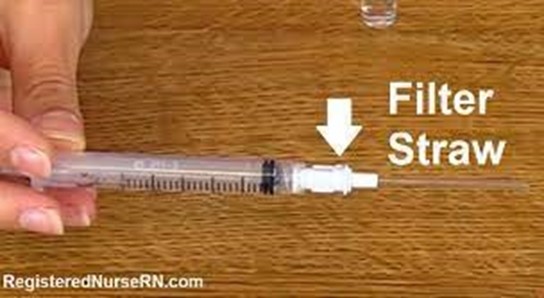A nurse is caring for a client who is in active labor and notes the FHR baseline has been 100/min for the past 15 min.
The nurse should identify which of the following conditions as a possible cause of fetal bradycardia?
Maternal hypoglycemia.
Maternal fever.
Chorioamnionitis.
Fetal anemia.
The Correct Answer is A
The correct answer is choice a. Maternal hypoglycemia.
Choice A rationale:
Maternal hypoglycemia can lead to fetal bradycardia, causing a sustained low fetal heart rate. Hypoglycemia in the mother can affect the fetus by reducing the availability of glucose, which is essential for fetal metabolism and heart function.
-
Choice B rationale:
Maternal fever is more commonly associated with fetal tachycardia rather than bradycardia. Fever in the mother can lead to an increased fetal heart rate, not a decreased one.
-
Choice C rationale:
Chorioamnionitis is an infection of the fetal membranes and amniotic fluid, which can lead to fetal distress and tachycardia rather than bradycardia.
-
Choice D rationale:
Fetal anemia can also cause bradycardia, but in this scenario, maternal hypoglycemia is a more immediate concern as it directly affects the fetal heart rate by impacting the fetal metabolic processes.
Nursing Test Bank
Naxlex Comprehensive Predictor Exams
Related Questions
Correct Answer is A
Explanation

This is because glass ampules can leave small shards of glass in the solution, which can be harmful if injected into the client. A filter needle has a small mesh that traps any glass particles and prevents them from entering the syringe.
Choice B is wrong because the nurse should break the neck of the ampule away from their body to avoid injury from the glass.
Choice C is wrong because the nurse should use a different needle to inject the client after withdrawing the medication with a filter needle. This is to prevent contamination and reduce pain for the client.
Choice D is wrong because the nurse should dispose of the ampule in a sharps container, not in the trash can. This is to prevent injury and infection from the broken glass.
Correct Answer is A
Explanation
The correct answer is choice A. Instruct the client to avoid coughing during the procedure.
A thoracentesis is a procedure that involves inserting a needle into the pleural space to remove excess fluid or air. Coughing can increase the risk of pneumothorax (collapsed lung) or bleeding during the procedure.
Choice B is wrong because the client does not need to be NPO (nothing by mouth) for 6 hr prior to the procedure. There is no risk of aspiration during a thoracentesis.
Choice C is wrong because the client should be positioned on the unaffected side for 4 hr following the procedure. This allows the affected lung to re-expand and prevents fluid from accumulating in the pleural space again.
Choice D is wrong because the client should not be placed in the prone position during the procedure. The prone position makes it difficult to access the pleural space and can compromise breathing.
Whether you are a student looking to ace your exams or a practicing nurse seeking to enhance your expertise , our nursing education contents will empower you with the confidence and competence to make a difference in the lives of patients and become a respected leader in the healthcare field.
Visit Naxlex, invest in your future and unlock endless possibilities with our unparalleled nursing education contents today
Report Wrong Answer on the Current Question
Do you disagree with the answer? If yes, what is your expected answer? Explain.
Kindly be descriptive with the issue you are facing.
